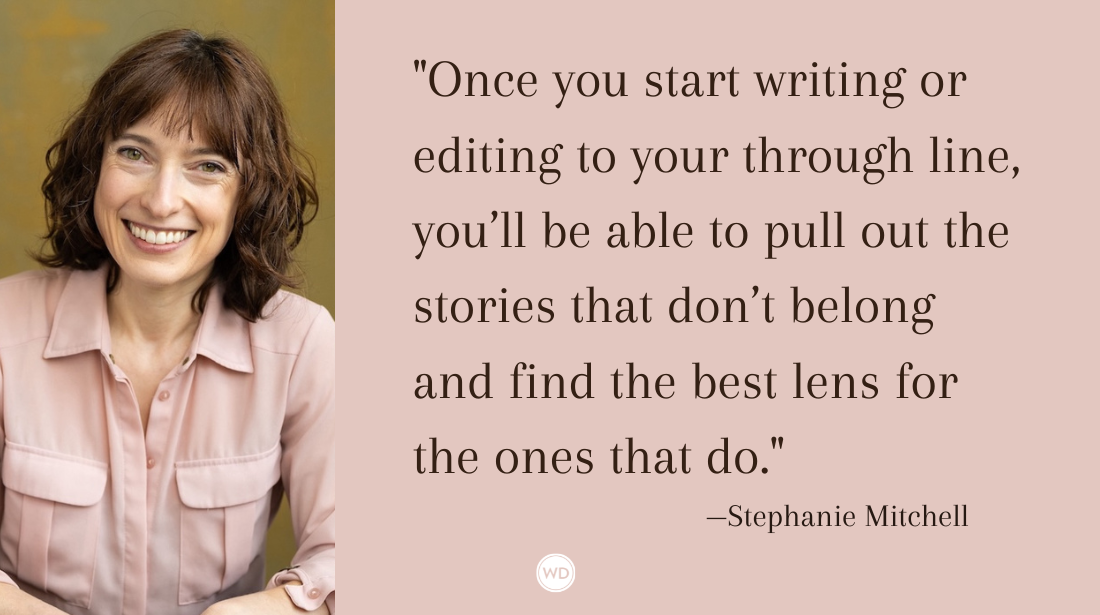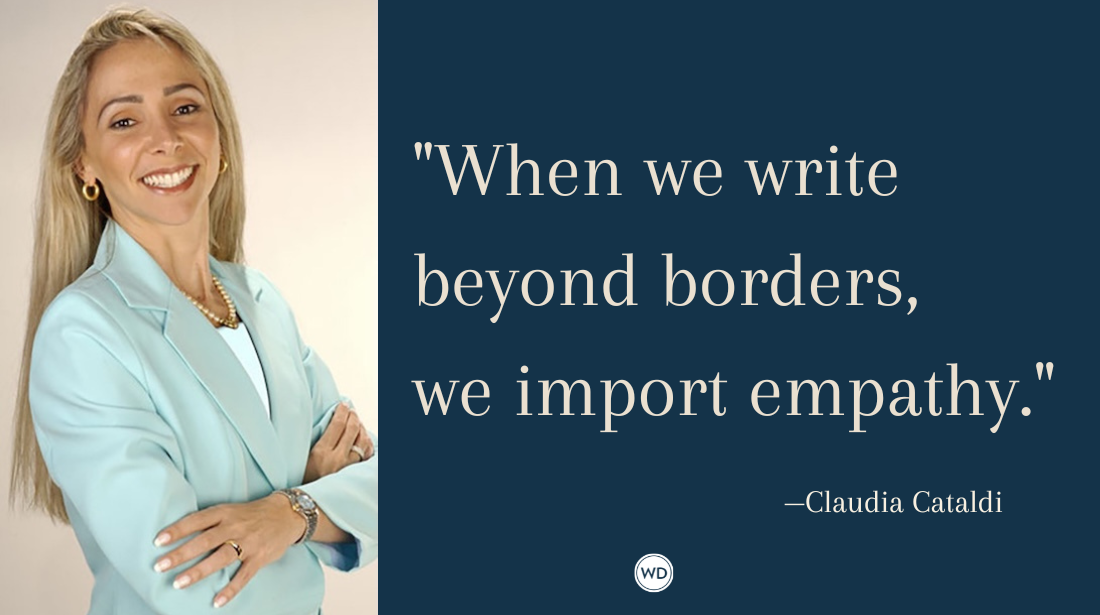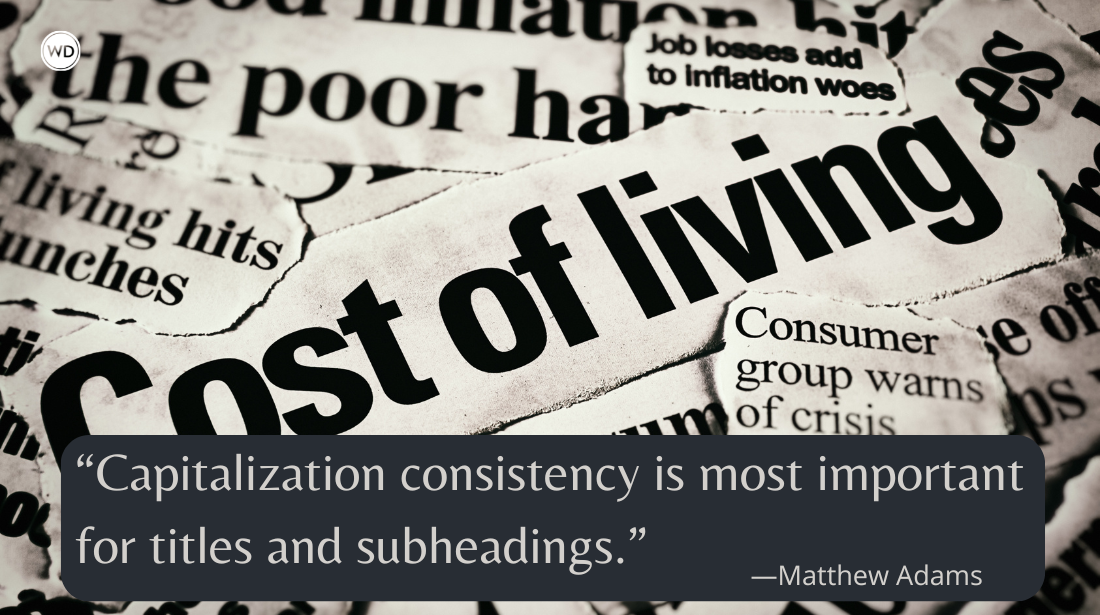But This Really Happened: What to Include and Leave Out of a Memoir
Author Timothy J. Hillegonds shares three ideas on how to determine what to include and what to leave out of a memoir so that it supports the main themes of the book.
Author Timothy J. Hillegonds shares three ideas on how to determine what to include and what to leave out of a memoir so that it supports the main themes of the book.
The completed first draft of The Distance Between, which is, among other things, an addiction memoir, clocked in at 120,000 words, which meant it was somewhere north of four hundred pages in a Microsoft Word document. At first, I was proud of the accomplishment. (Look at all the words I wrote!) But then I realized that the words were just that: words. And not all of them were good words. And not all of them belonged in the book. (Who put all these extra words here?!)
The challenge—and this is always the challenge—is figuring out which words belong. But how do you know what to include and what to leave out? How do you know if the thing that feels so meaningful, or dramatic, or astonishing is the thing that absolutely needs to be in the book?
What to Include and Leave Out of a Memoir
In many ways, the challenge of writing an addiction/recovery memoir is the same as it is for all memoirs—or even all books for that matter. As writers, we have to put all the experiences, all the heartache and trauma and love and pain and joy, into words, and then run those words through a strainer.
The reader doesn't want to know about every aspect of your experience, she only wants to know what she needs to know, and she needs to know only the experiences that make sense within the context and themes of the story you're telling. Your addiction/recovery memoir might be about addiction and recovery, but it's also about something else. In fact, it's likely more about something else than it is addiction and recovery.
In the case of The Distance Between, sure, it's about addiction, but it's really about fathers, and young fatherhood, and toxic masculinity, and white privilege, and male adolescent rage. It's also about young love and what can happen when that young love is shared between two kids who have two kids in the chaos of addictions that aren't yet named.
At a certain point—okay, at many points, actually—I had to make hard decisions about what belonged in the manuscript and what didn't, and it wasn't always easy. There were scenes I initially felt were necessary for one reason or another, and sometimes I could make fairly good arguments for them, but I would often later conclude—usually after an outside reader weighed in—that they were unnecessary. They were either redundant, or slowed the pacing, or in some cases, they simply weren't that interesting to anyone other than me.
Three Ideas on Choosing the Right Words
So when you find yourself staring hard at your manuscript with an eye toward revision—staring at all the things, as they say—here are three ideas you can think about that will help you answer the all-important question: Should it stay or should it go?
- Everything you include must be in service to the narrative. Each event or reflection in your memoir should serve to do one of two things: Move the story forward or bring the reader into a deeper understanding of the work. If something feels interesting or dramatic, but it's not moving the narrative forward or bringing the reader to a realization she wouldn't have come to otherwise, it probably needs to go.
- Understand your motivation for including it. When writing memoir, it can be easy to fall into a place where emotion begins to overtake logic, especially when it comes to information presented about characters in the book, who, lest we forget, are real people, some of whom we probably still interact with. Ask yourself questions like: Am I including this because I'm angry? Spiteful? Am I trying to get even with this person? This should be fairly obvious, but we sometimes do things without being fully aware of why we're doing them. The information you present about other people needs to be carefully vetted. Once you understand your motivation, be sure to return back to point number one and make sure the information is in service to the narrative.
- Fight through the clichés. Here's the thing: Your addiction/recovery memoir is cliché. That's the nature of the genre. But knowing that ahead of time means you can approach each revision with an eye towards avoiding clichés, both in language and experience. You can work extra hard at saying the thing that needs to be said in a way it might not have been said before. The car crash you were in might be interesting and dramatic, but just about everyone you know has an experience with a car crash. What your memoir needs is the unique way your specific car crashed—the details only you know—as well as the unique perspective the narrator (meaning: the persona you've created who's telling the story) has on what the car crash meant. Find the meaning. Locate the irony. Show the reader, as Chekov said, "the glint of light on broken glass."
A number of years ago, Dwight Garner, the book critic for the New York Times, wrote: "Addiction memoirs, for the most part, have flat third acts. Their writers get sober. That's cheerful news for them, but less so for us. They were so interesting to read about when they were knocking over chairs. The tone, near the end, melts. Irony gets the heave. It has to be this way."
But does it? Isn't the job of the writer to keep the irony, to retain the tone, to sustain the reader's interest even when they're no longer knocking over chairs?
It absolutely is. And therein lies the challenge. But that's exactly what you're going to do when you go back to your work and begin revising.
2nd Draft provides a high-level review of your writing, pointing out reasons your work may be getting rejected, or may not meet the standards of traditional publication. After an evaluation of your submission, one of the professional 2nd Draft critiquers will provide feedback and advice. You’ll not only learn what’s working in your writing, but what’s not, and—most important—how to fix it.
About Timothy Hillegonds
Timothy J. Hillegonds is the author of The Distance Between (Nebraska, 2019). His work has appeared in The Los Angeles Review of Books, The Rumpus, Assay, Fourth Genre: Explorations in Nonfiction, River Teeth, Baltimore Review, Brevity, Under the Gum Tree, Hippocampus Magazine, The Fourth River, Midway Journal, RHINO, Bluestem Magazine, r.k.v.r.y. quarterly, and others. Tim was nominated for a 2015 Illinois Arts Council Literary Award. In 2019, Tim was named by the Guild Literary Complex as one of their 30 "Writers to Watch." He earned a Master of Arts in Writing and Publishing (MAWP) from DePaul University in Chicago and currently serves as a contributing editor for Slag Glass City, a digital journal of the urban essay arts. You can visit him online at timhillegonds.com.









